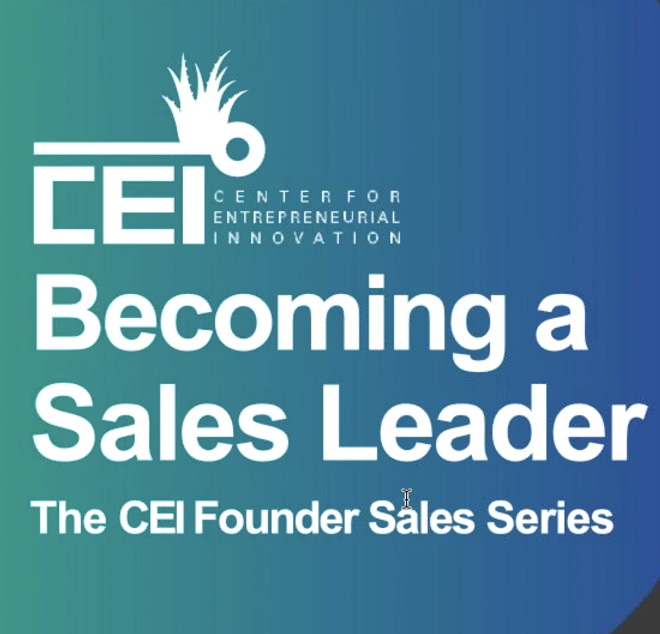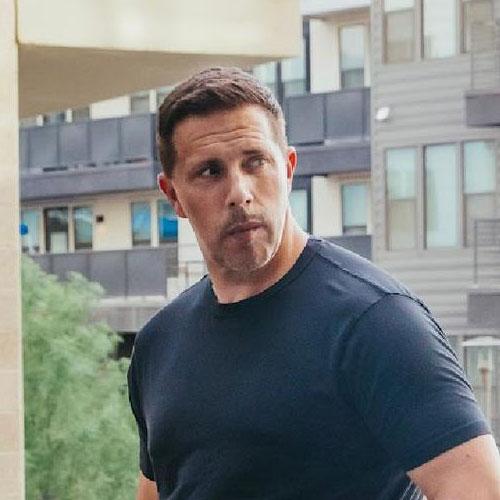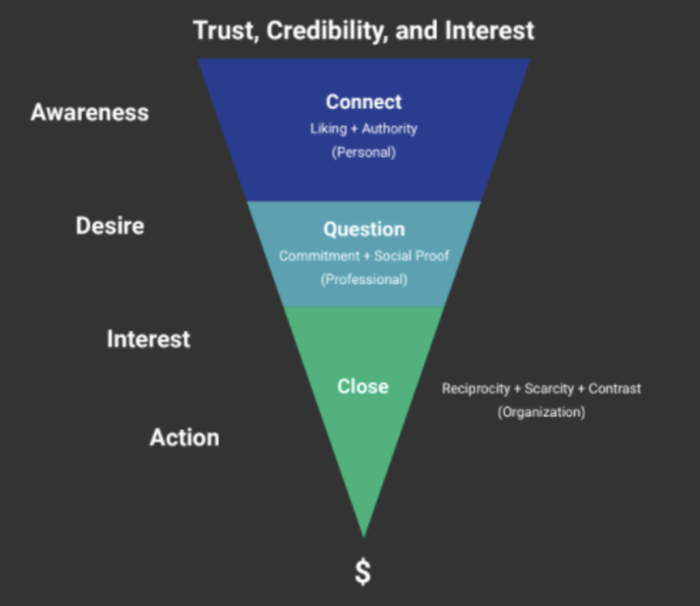Becoming a Sales Leader

What is the Buyer Funnel?
Once an entrepreneur produces a service or product that creates and delivers value to customers, they need to capture the value. Capturing the value means they need to get customers to actually pay for the value they created and delivered to them.
In today’s world though, sales are becoming increasingly difficult. As the world got more digital, customers’ needs and wants changed as well. With so many “free” or “unlimited” products and services out there, the customer has grown to expect more for less.
To adapt, the sales process has changed and has become increasingly empathetic. When we mean when we say sales are becoming more empathetic, we mean that we (entrepreneurs/salespeople/etc.) need to be more focused on customer needs than ever before. In the competitive digital world, the companies that will stand out to customers are the ones that empathize with them. The blunt reality of it is that customers do not want to be sold to, so we must never be caught selling.
So, we have a sales tool that we use called the buyer funnel. This allows us, the salespeople, to put ourselves directly into the shoes of the customer as we walk them through the sales process from connect to question to close.
We start at the top of the funnel with Trust, Credibility, and Interest. These three things are what our marketing message needs to establish with the customer; we need them to trust us, we need to establish credibility, and we need to pique their interest. Once we do that, we can drop them into the funnel.
The four stages to the left of the funnel are the customer’s buying stages. A customer will move from awareness to desire to interest to action in each purchase process. Our goal then, is to move them through those different buying stage using the funnel.
Inside the funnel is what we, the salespeople, do in the process. We start with connect and the goal is to move the customer from awareness to desire. In the connect phase we establish liking & authority, and we focus on the personal goals of the customer. Focusing on personal goals helps us literally connect with the customer and move onto the next funnel phase.
Next, we answer the customer’s questions, establishing commitment and social proof. This stage is committed to moving the customer from desire to interest. In this phase, we show commitment and establish the social proof that will sway the customer closer towards interest. Since we have already understood the customer’s personal needs in the connect stage, we are focused on the customer’s professional goals in the question stage. This means we address how the product or service we are selling will make their professional life, or their job, easier to do.
Finally, we move the customer from interest to action as we close the deal. In the closing, we focus on the customer’s organizational goals-how the product will help the greater organization they belong to. Since we have already established their personal needs, and how the product will help them professionally, highlighting how the product will make their whole organization better is the final step in our Personal, Professional, and Organizational sales process, what we call PPO. As we are closing the deal, we highlight reciprocity, scarcity, and contrast. Through this, we are creating a sense of urgency and driving home how the product will improve their lives and what life is like without it.
Notice how the funnel narrows down as it gets towards the $ or the close of the funnel. This is because we understand that customers will fall out of the funnel as they get closer to actually purchasing. This, however, is actually a good thing and part of using the funnel is we “go for the no.” That means, we want a customer that isn’t going to buy from us to tell us as soon as possible in the process, so we can focus on customers that we have a greater chance of converting.
Lastly, this cycle repeats. Customers are expensive to acquire, so we try and recycle customers as much as possible by selling them new or upgraded services. To do this, we start all the way over at the top, establishing Trust, Credibility, and Interest.
Watch the 1-hour Masterclass here.

Aaron Bare is a Wall Street Journal, USA Today, and #1 Amazon Bestselling Author of Exponential Theory, Founder of the Change Agents Academy, and IAF Endorsed Facilitator.


